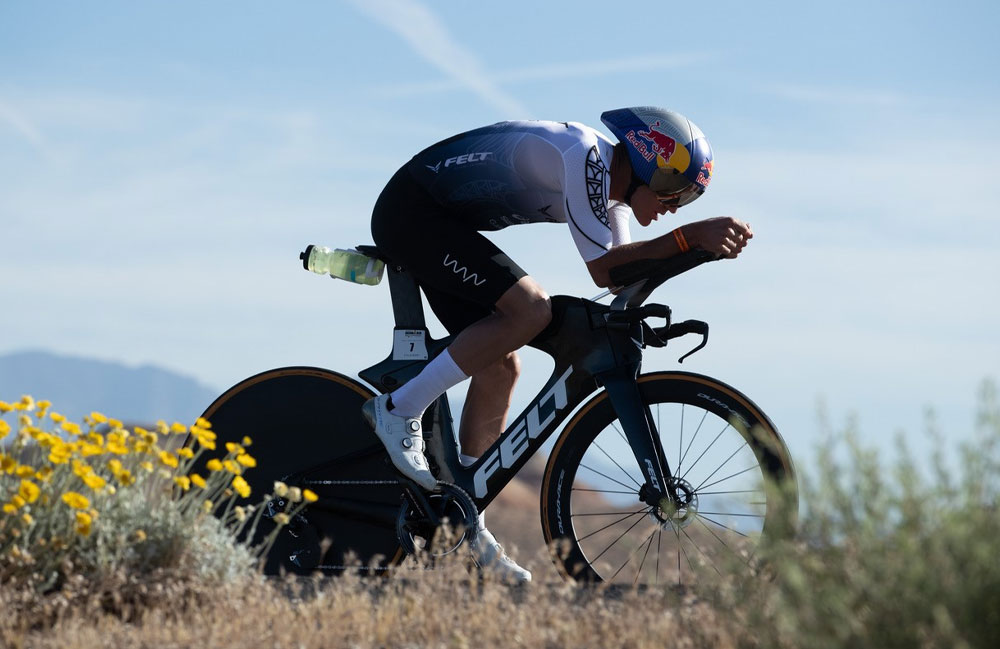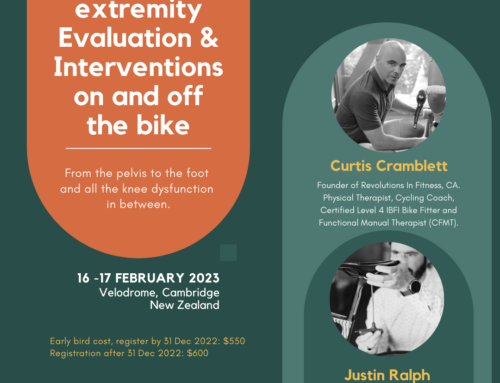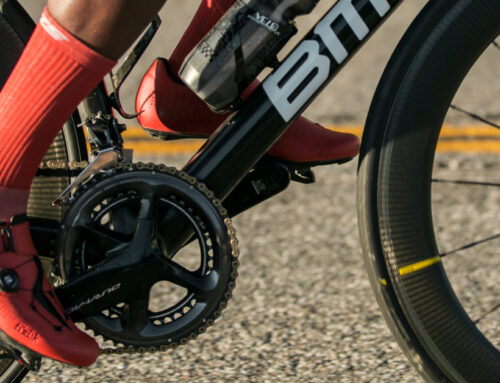If you race a bike, then generally you will like the idea of going faster without having to put greater power though the pedals. There are many aspects to bike fitting and a significant one is finding the optimal position for an individual that fits with their performance goals. Getting a more ‘aero’ position is often one of these goals.

Once an athlete has committed to a goal of finding a faster and more aerodynamic position, they will go through a bike fit process considering the usual aspects to optimise their body and bike. There are several aspects of the bike fit that will greatly enhance aerodynamics and body positioning on the bike is one of these. Once the athlete has an understanding of achieving this position the next aim is to test it in real time – this can be done on the track or on the road and devices are now available that provide key parameters, combined with power and speed to provide CdA (Coefficient of drag area) data.
In 2021 as Braden Currie was moving onto his new Felt I.A. we completed a series of testing at the Invercargill Velodrome. Prior to this session we had completed an extensive testing series using video and pressure mapping allowing us to progress to testing in real time with the aim of ensuring the position we were proposing would be beneficial to Braden’s body morphology and realistic for him to sustain at his race pace for 180km’s. We had Daniel Barry (First Wheel) on hand with a fully adjustable front end which once the position was dialled, he made a full custom bar system for Braden. The key testing related to bar, saddle (saddle type had already been determined using GebioMized pressure mapping which showed the GebioMized Stride S50 saddle to be the most effective), crank length and helmet options related to how Braden was able to position his body on the bike. The primary goal of the position was to promote optimal power output and pedalling efficiency while maintaining optimal aerodynamics that would be sustainable over 180km’s of varied terrain.
Once we had the position optimised in the controlled environment of the velodrome we ventured outdoors and picked some varied terrain to complete a series of tests to help validate our testing on the velodrome, helping to ensure that the ‘fastest’ position was actually achievable in specific terrain that Braden would need to be racing on for his key events.
There was a lot of data to review and a couple of pretty long days on the velodrome, finished with some on-road testing, but with Braden’s goals for the coming season it was imperative to get everything fine-tuned. I really enjoy being part of these sessions as it takes a real team effort to get optimal outcomes and its great seeing the progression of an athlete like Braden as he strives to reach his performance goals.


